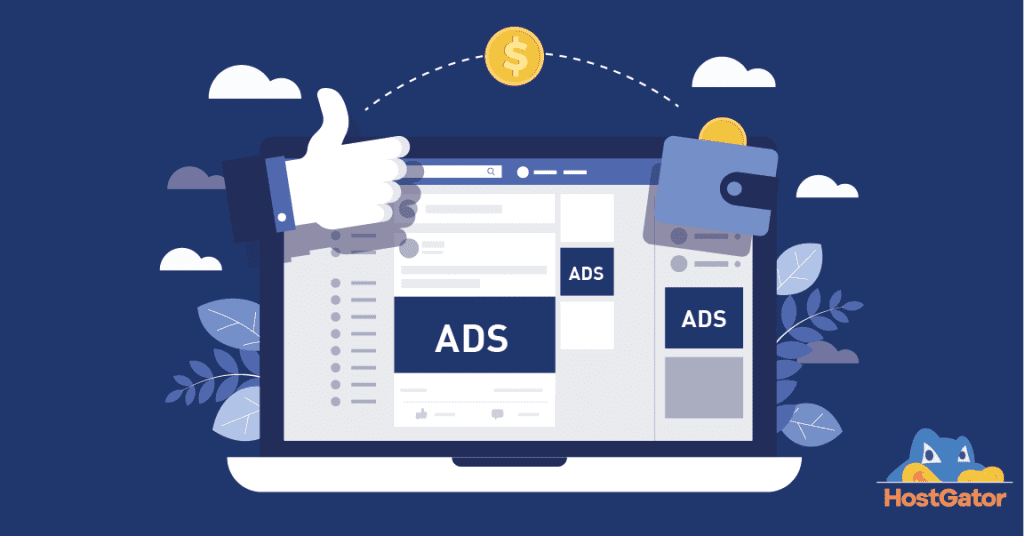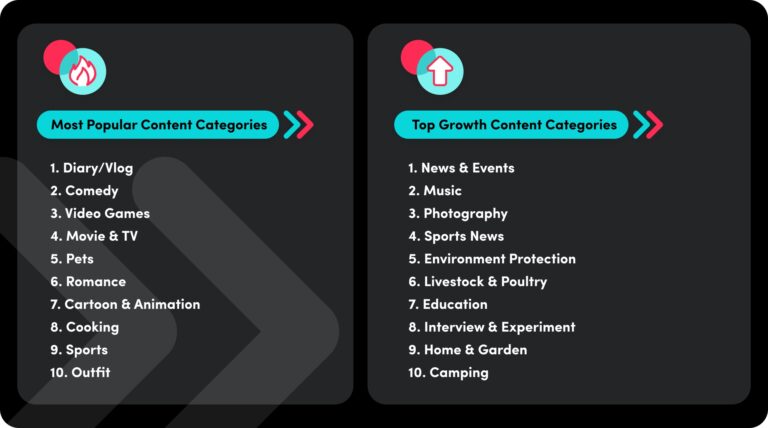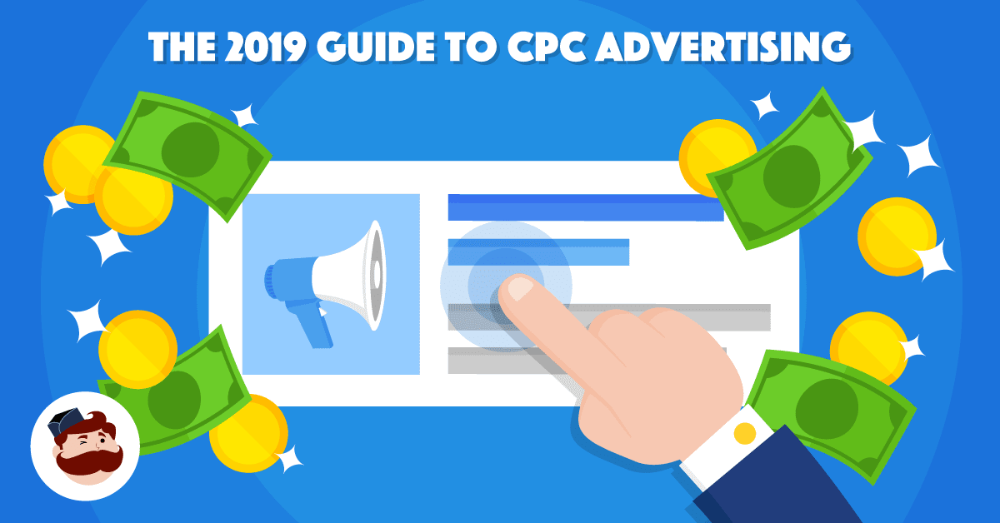
You may consider engaging in humor marketing in an effort to draw more people to your brand. When choosing joke topics, be mindful. There are certain topics that can be cheap and even disrespectful, so you need to keep your choices to a minimum. You should also remember that comedy timing is important. Incorrect timing can make you look insensitive or unprofessional. Also, you should never be funny for its own sake. Use jokes that are relevant for your brand and help you communicate your message.
Irreverent humour
Sometimes, it is used to prove a point with irreverent humor. While it may be difficult for some audiences, it can also be a good way of reaching younger people. It should not be used to excuse the topical. A satirical piece about religion or politics is unlikely to be taken seriously by the public.
Unverified humour is a powerful tool in marketing. Its magic is in the fact that people feel good when they laugh. They release endorphins, which triggers a positive reaction. The positive feelings that result from this can be associated with your brand. This is a major benefit of humor as it strengthens the connection between the brand's audience and the brand.

Observational humor
Observational comedy is a style of humor that uses everyday quirks as jokes. This type humour is usually combined together with deadpan humour. This form has become increasingly popular through meme culture, and can be used to generate engagement. But, to make this kind of humor work, you have to get to know your audience. To be able to come up with the best jokes possible for them you will need to learn about their hobbies and interests.
The most common form is observational humor that refers to a well-known series, event or other thing. Intel's iconic ads are an example of this type. They refer to "geek culture" and make use of geeks to their advantage. These ads also have a predictable tagline.
Character-driven humour
Humour is a popular marketing technique that companies in all industries can use to reach their target audiences and convey key brand messages. It's important to know where and what to do to make sure your marketing messages are memorable. Here are some creative ways you can use character-driven humor.
First, understand your audience. Humour, a subjective form marketing, is more effective if you know your audience. If you know your audience, you can use humour to create positive associations between your brand and their lives. If a brand makes people laugh, it is perceived as trustworthy and relatable. It can help with anxiety and stress.

Humor marketing via social media
The use of humour in social media efforts can prove to be an effective tool. But, this tactic won't work for every situation. This tactic can be misinterpreted and it's a good idea for you to consult your audience before using it. However, it can serve as a powerful call to action and be an eyeball magnet for brands.
Humor is a great way to connect with your audience, and make a lasting impression. Laughter can be an inherent human trait. You should use it in your social media strategy. You must make sure that the content you post is relevant to your campaign's goals in order to be effective.
FAQ
Advertising is what?
Advertising is an art. Advertising isn't just about selling products. It's about creating emotional connections between people and brands.
Advertising is about communicating ideas through images and stories.
Communication must be clear and persuasive. Your target market should be able to relate to the story you tell.
Advertising is different than other communication methods, such as writing or public speaking.
A successful ad campaign is a way to establish a brand identity.
This is how memorable you can be. You will be remembered by others.
What do you need to know about television advertising?
Television advertising is a powerful medium to reach many people at one time. It was also very expensive. However, if you use it well, it can be incredibly powerful.
Although there are many types, TV ads share certain common characteristics. You must ensure your TV ad fits within the category it is being placed. You shouldn't attempt to make a lifestyle commercial the same as a product ad. Your message must be consistent throughout the campaign.
Remember that prime-time is the best time for your ads to be aired. This is because viewers tend to watch TV while sitting down in front the television. They should be able to concentrate on what you are saying.
Don't assume that just because you have lots of money, you will achieve great results. In fact, the opposite may be true. A study conducted by the University of California found that commercials aired during popular shows were less likely to sell products than those aired during unpopular shows. If you spend a lot of money advertising on TV, make sure it's done right.
What is an Ad Campaign?
An advertisement campaign is a series containing advertisements to promote a product. It can also refer to the whole production of such ads.
The Latin word for selling is "ad." Marcus Terentius Varro (116–27 BC), the first known user of the term "ad" used it to mean "to make sales."
Advertising campaigns are typically done by large agencies and companies. Advertising campaigns can involve many media types, such as television, radio, print, and the internet.
Advertising campaigns are typically long-lasting and have clear goals. One example is that some campaigns seek to create awareness while others are more focused on increasing sales.
What do you need to know about print advertising?
Print advertising is an effective medium for communicating with consumers. Print advertising is used by many companies to promote their products and services. The key objective is to capture the attention of the consumer.
Print ads are usually short (one page) and contain text, pictures, logos, and other graphics. You may also find sound, animation, video and hyperlinks.
The following are the main types print advertisements:
1. Brochures are large-format printed materials that are designed to draw people into shops. They often have colorful pictures and eye-catching designs.
2. Catalogues – These are smaller versions to brochures. These are usually sent to customers who request information about specific items.
3. Flyers – These are small pieces made of paper that are distributed at events, such as fairs or concerts. If they are given out at retail outlets, they can be obtained for free, but you must pay for them.
4. Posters - These flyers can be larger than the ones you see on the flyer. These flyers can be displayed on buildings, fences and walls. They are created by computer software programs in order to grab passersby's eyes.
5. Direct mail - This refers to letters or postcards mailed directly to potential customers. These are sent to customers periodically by businesses to remind them about their business.
6. Newspaper Ads - These are placed in newspapers and magazines. These ads are often quite long and include both text and images.
Social media is a great way to advertise your business.
Social Media Marketing, or SMM, allows you access customers directly on social networks, such as Facebook, Twitter LinkedIn YouTube YouTube Google+. You can also target specific segments within these networks with keywords.
This advertising strategy is cost-effective as it costs less than traditional methods to market online. This allows you to establish strong relationships with current and future clients.
It's easy to start using social media to promote your business. All you need is access to the Internet and a smartphone.
What is an advertising buyer?
An advertiser purchases advertising space on TV, radio or print media.
Advertisers pay only for the time their message is to appear.
They do not always look for the best ads, but are looking for the most effective to reach their target audience.
An advertiser might have information specific to their potential customers such as age and gender, marital status or occupation, hobbies, interests, income, etc.
This information can be used by advertisers to decide which media works best for them. For example, they might decide that direct mail would be more effective with older audiences.
Advertisers also evaluate the competition. Advertisers may decide to place their ads in close proximity to similar businesses.
Advertisers should also consider the budget they have and how long they plan to spend it before it expires.
What is advertising's basic purpose?
Advertising is more than selling products. It's about building an emotional connection with your customers.
Advertising is communicating ideas and values. It is about changing attitudes and minds. It's about building connections.
It's about helping people feel good about themselves.
If you don't understand your customers' needs, you can't market to them.
It is essential to first understand the needs and purchasing habits of your customer before you embark on any advertising project.
Then you can design ads that will resonate with them.
Statistics
- It collects money from the advertisers, keeps 32% for its role in facilitating the process, and the remaining 68% goes to the publisher (you). (quicksprout.com)
- It's 100% reliant on your website traffic. (quicksprout.com)
- Worldwide spending on advertising in 2015 amounted to an estimated US$529.43 billion. (en.wikipedia.org)
- Advertising's projected distribution for 2017 was 40.4% on TV, 33.3% on digital, 9% on newspapers, 6.9% on magazines, 5.8% outdoor, and 4.3% on radio. (en.wikipedia.org)
External Links
How To
How to advertise Facebook
Facebook is one of most widely used social media platforms. Facebook is used every month by an estimated 1 billion people. Facebook is the largest company in the world. The popularity of Facebook is mainly due to its unique features such as chat, video calls, games, etc. With a Facebook account, users can post photos, comment, send messages and play games. Facebook allows businesses to advertise. These advertisements can include text ads (banner ads), banner ads, sponsored stories or promoted posts.
There are two main ways to advertise on Facebook. The first is to pay advertising. Other options include free advertising. We'll show you how to do this.
How to advertise on Facebook with paid options
Paid advertising via Facebook is where you pay Facebook directly for every impression. You can pay monthly or annually. Facebook offers paid advertising in many forms. These are:
Text ads - These look similar to regular text advertisements. These ads are not displayed next to newsfeed articles but appear above or beneath the feed.
Banner ads are large rectangular images that take up a whole screen page. They are usually used to advertise a particular offer or product.
Promoted posts - They are similar to regular postings and appear at the top in the newsfeed. Promoted posts are often used by businesses to promote their products.
Sponsored Stories – These stories are short and relevant that appear at top of users' feeds. These stories can be paid for by brands or businesses that want to reach potential clients.
How to use free advertising
Facebook offers free advertising. It uses the same methods as regular Facebook. These include text ads, banner ads, promoted posts, sponsored stories, and other forms.
However, unlike regular Facebook, you cannot create a custom audience when doing free advertising. You can only target people based on age, gender, location, language, interests, and relationship status.
How to get started with advertising on Facebook
If you wish to advertise on Facebook, the first thing you should do is sign up. Once you have created an account, you can access all available tools. Follow the below steps to set-up your account.
-
Click "Create an entirely new ad group."
-
Add a name to your ad-set.
-
Select the type of advertisement you would like to place (text, image, video).
-
You can choose which areas you would like to target.
-
Determine the budget amount.
-
Select Facebook Audience Network from the drop-down menu.
-
Click "Next Step."
-
Click "Review & Proceed".
-
Before you click "Continue", review your selections.
-
Fill out any additional information.
-
Click "Save All Changes"
-
Wait until the expired ad campaign is complete before you begin your campaign.
-
Once your campaign has ended, click "View Ad Statistics."
-
Your campaign's results can be viewed here.
-
You can continue repeating steps 13-16 until the settings that work best for you business are found.
-
Get started advertising!